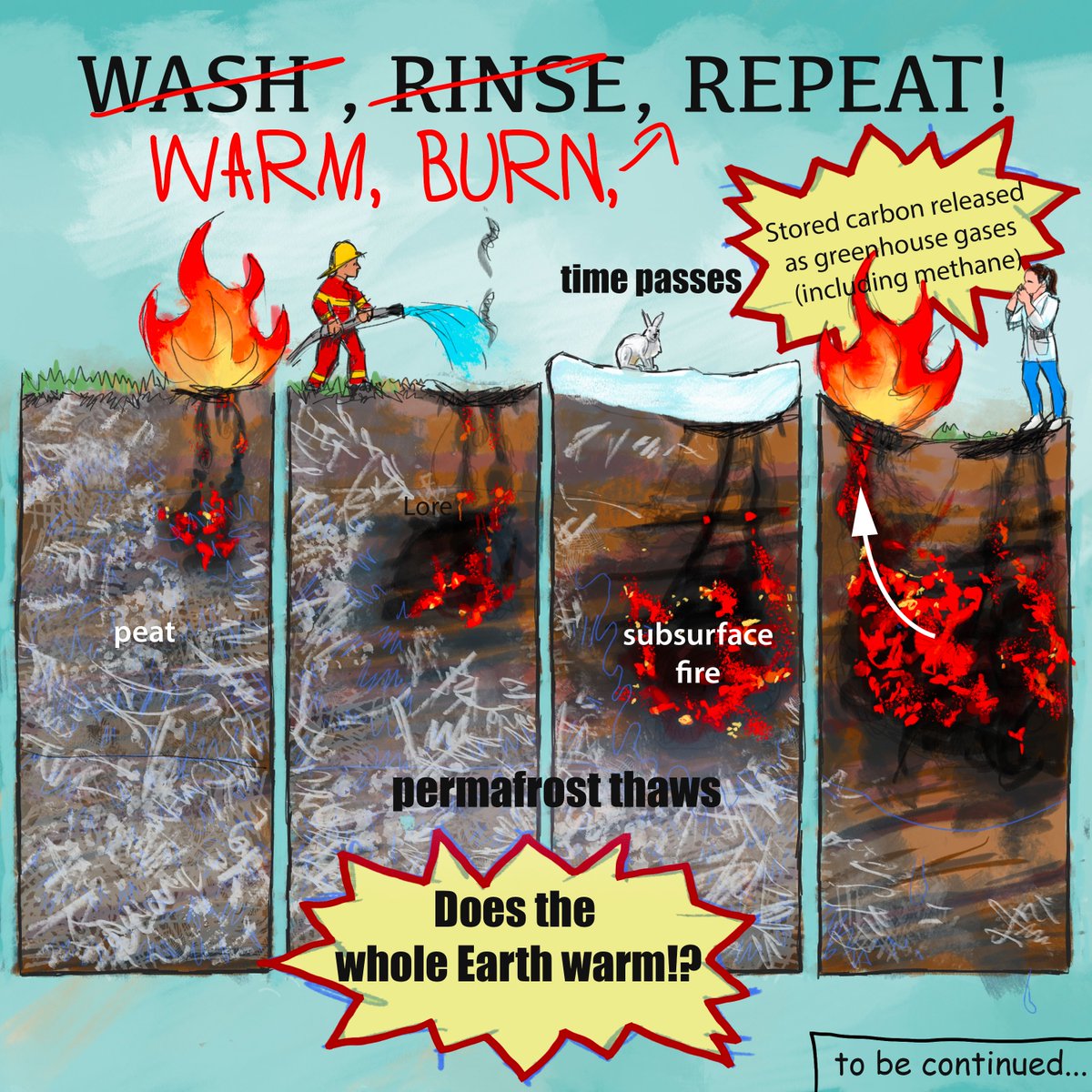
Director of Arctic National Security, CU Boulder. @RASEI_CU Fellow. Ecologist & chaser of permafrost & fires. In love with boglands. Represented by @zcosini
How to get URL link on X (Twitter) App


 When frozen organic matter in permafrost warms, microbial activity speeds up. Microbes use the organic matter in their respiratory processes, which can release a variety of GHGs as byproducts, mostly CO2 but also methane, which make their way to the atmosphere. 2/
When frozen organic matter in permafrost warms, microbial activity speeds up. Microbes use the organic matter in their respiratory processes, which can release a variety of GHGs as byproducts, mostly CO2 but also methane, which make their way to the atmosphere. 2/ 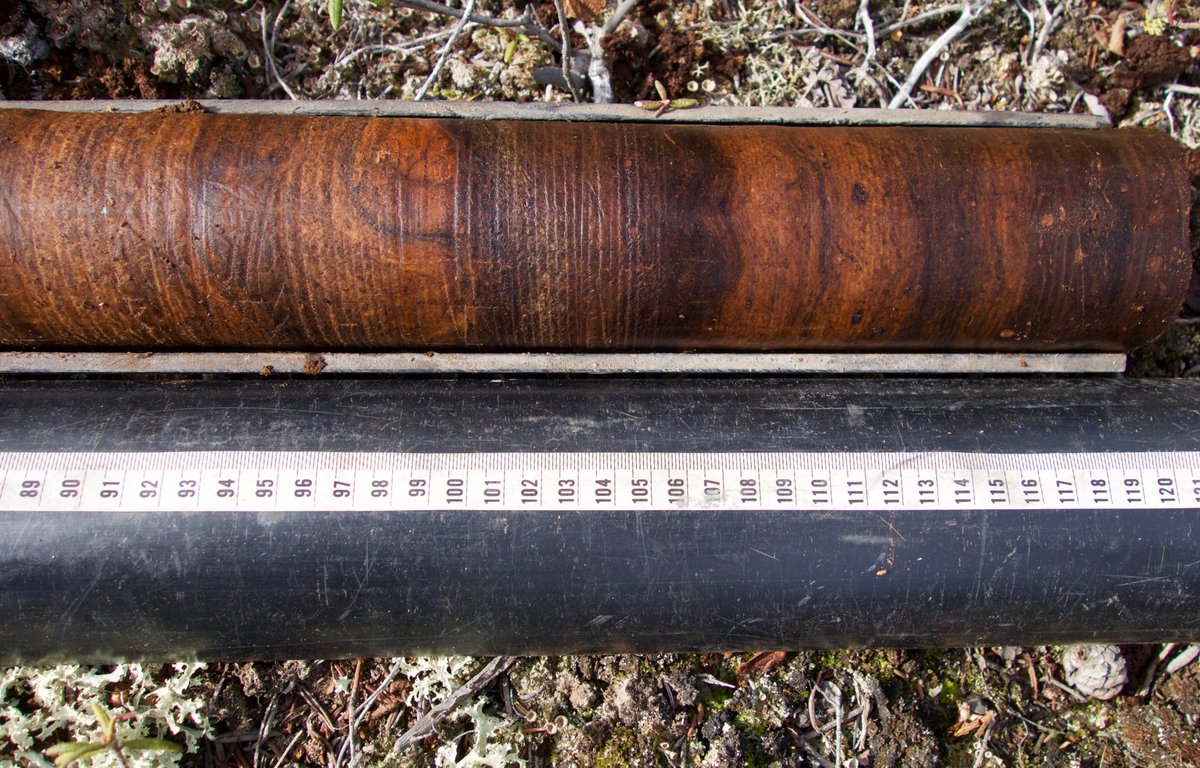

https://twitter.com/jmartell1988/status/1667579342610747394Fire Fact 2: We tend to picture crown fires, with flames leaping up into tall trees. However, the majority of what burns and fuels boreal fires is ON THE GROUND. More than 80% of what burns and emits greenhouse gas is moss, peat, and litter. 2/



 The Arctic (and its permafrost soils) is not a missing black box in any climate model, which all include Arctic soils. Until we explicitly include permafrost in these models, it is difficult to know what climate feedbacks we are missing. Likely to be in the middle. 2/
The Arctic (and its permafrost soils) is not a missing black box in any climate model, which all include Arctic soils. Until we explicitly include permafrost in these models, it is difficult to know what climate feedbacks we are missing. Likely to be in the middle. 2/ 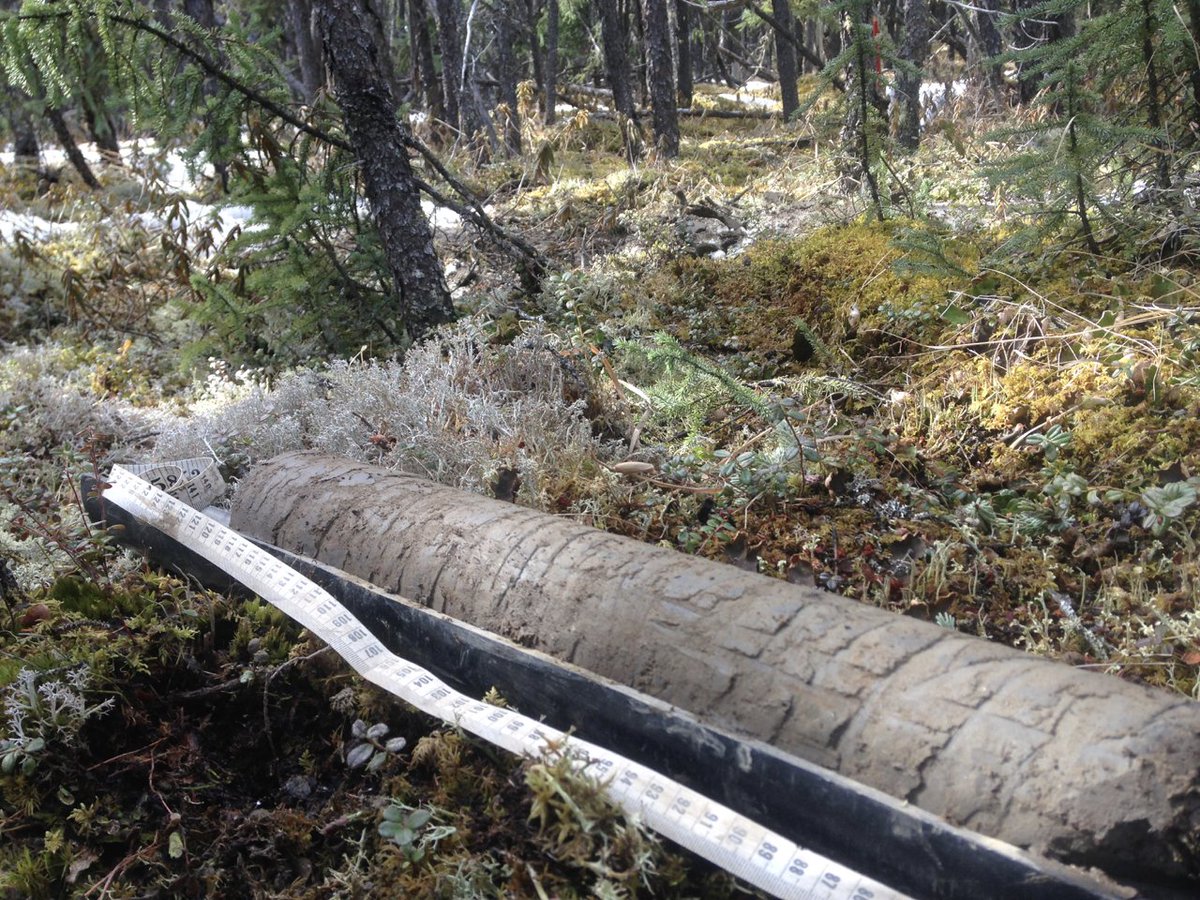

 In my @CUBoulder lecture today I outlined a trifecta of uncertainties related to permafrost & carbon.
In my @CUBoulder lecture today I outlined a trifecta of uncertainties related to permafrost & carbon.
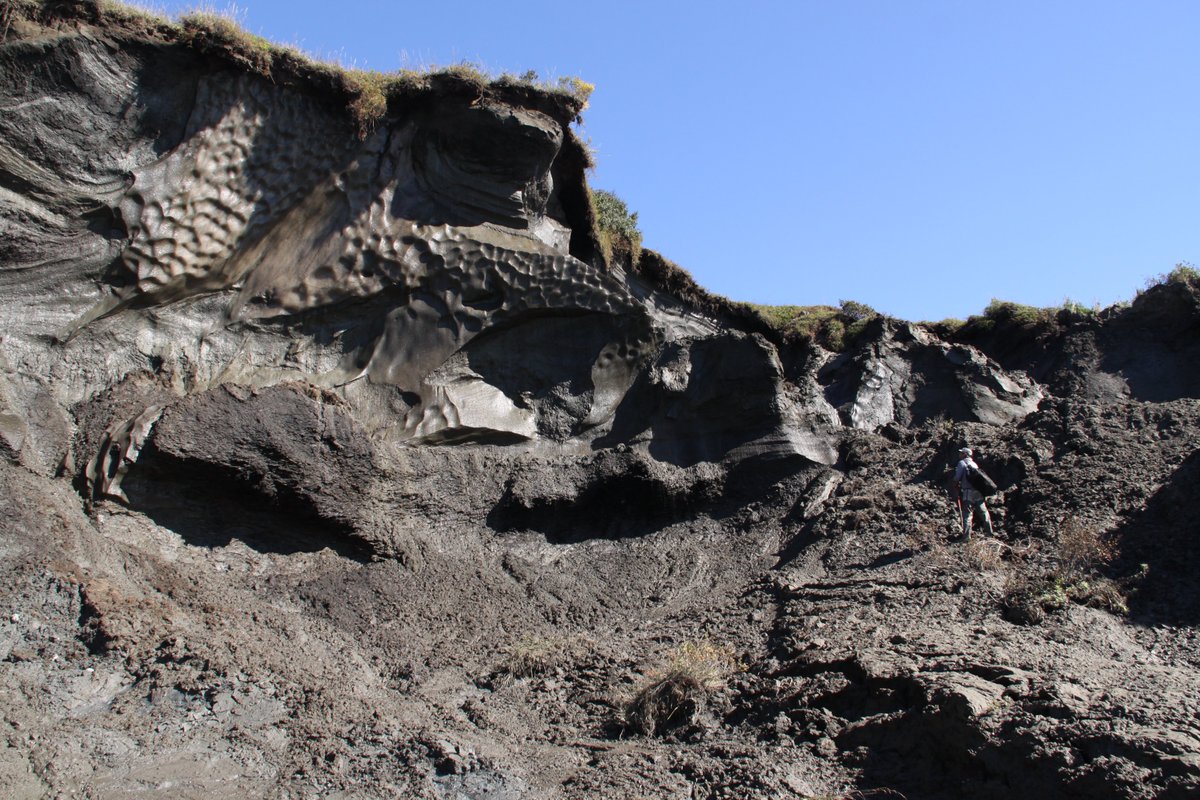
 Permafrost is diverse, comprised of frozen earth (rock, soil, sediment...). It often contains pockets of ice of all sizes. For many many 1000s of yrs, permafrost has been quietly doing its thing. Aggrading & locking atmospheric carbon into frozen ground. A true climate champ! 2/
Permafrost is diverse, comprised of frozen earth (rock, soil, sediment...). It often contains pockets of ice of all sizes. For many many 1000s of yrs, permafrost has been quietly doing its thing. Aggrading & locking atmospheric carbon into frozen ground. A true climate champ! 2/ 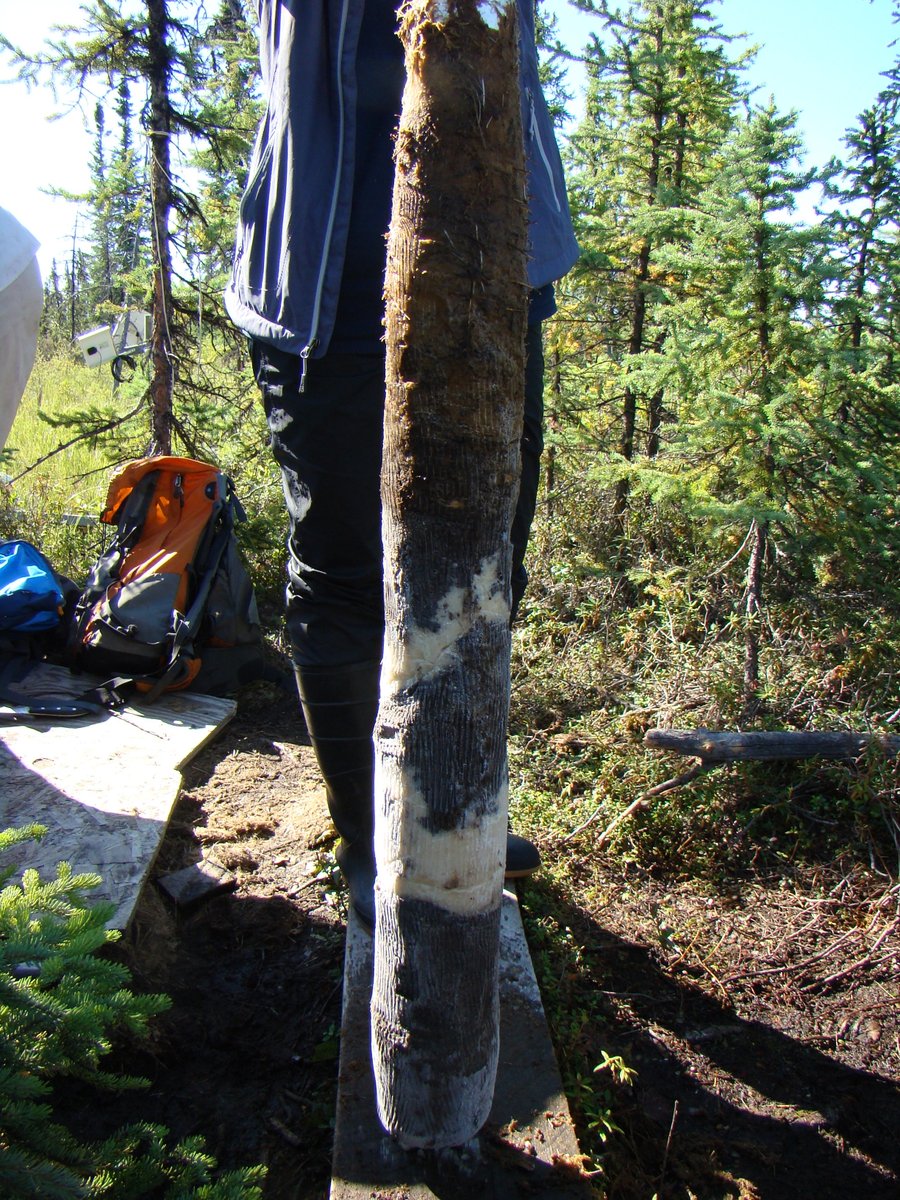

 The drive was fueled by stories and big laughter from our guests. Approaching the rolling hills of West Virginia, the Czech scientists pressed their faces against the warm windows. We rolled into motel rooms eager to greet the morning. Such perfect field conditions we thought. 2/
The drive was fueled by stories and big laughter from our guests. Approaching the rolling hills of West Virginia, the Czech scientists pressed their faces against the warm windows. We rolled into motel rooms eager to greet the morning. Such perfect field conditions we thought. 2/

 Sphagnum are infamous for storing carbon from the atmosphere via thick layers of peat. Sphagnum tissue decomposes slowly, sometimes more slowly than wood! As a result Sphagnum & peatlands have cooled our climate for millennia. So please thank Sphagnum moss! 2/
Sphagnum are infamous for storing carbon from the atmosphere via thick layers of peat. Sphagnum tissue decomposes slowly, sometimes more slowly than wood! As a result Sphagnum & peatlands have cooled our climate for millennia. So please thank Sphagnum moss! 2/ 

 Reason #2. Permafrost is the backbone of the Arctic. Thaw can trigger sinking or erosion that kills vegetation & makes ground dangerous for travel. The loss of frozen ground means the loss of stability. Travel routes, hunting grounds, animal migration - all unreliable w/ thaw. 2/
Reason #2. Permafrost is the backbone of the Arctic. Thaw can trigger sinking or erosion that kills vegetation & makes ground dangerous for travel. The loss of frozen ground means the loss of stability. Travel routes, hunting grounds, animal migration - all unreliable w/ thaw. 2/ 

 How can permafrost thaw consume whole forests or trigger landslides? The answer is simple yet so complex. Ground ice. Thaw of ice-rich permafrost causes drama. Peek inside permafrost to view gorgeous ice wedges in Alaska's #permafrosttunnel. Stunning. 2/
How can permafrost thaw consume whole forests or trigger landslides? The answer is simple yet so complex. Ground ice. Thaw of ice-rich permafrost causes drama. Peek inside permafrost to view gorgeous ice wedges in Alaska's #permafrosttunnel. Stunning. 2/ https://twitter.com/Thomas_Douglas/status/1363255073527140353
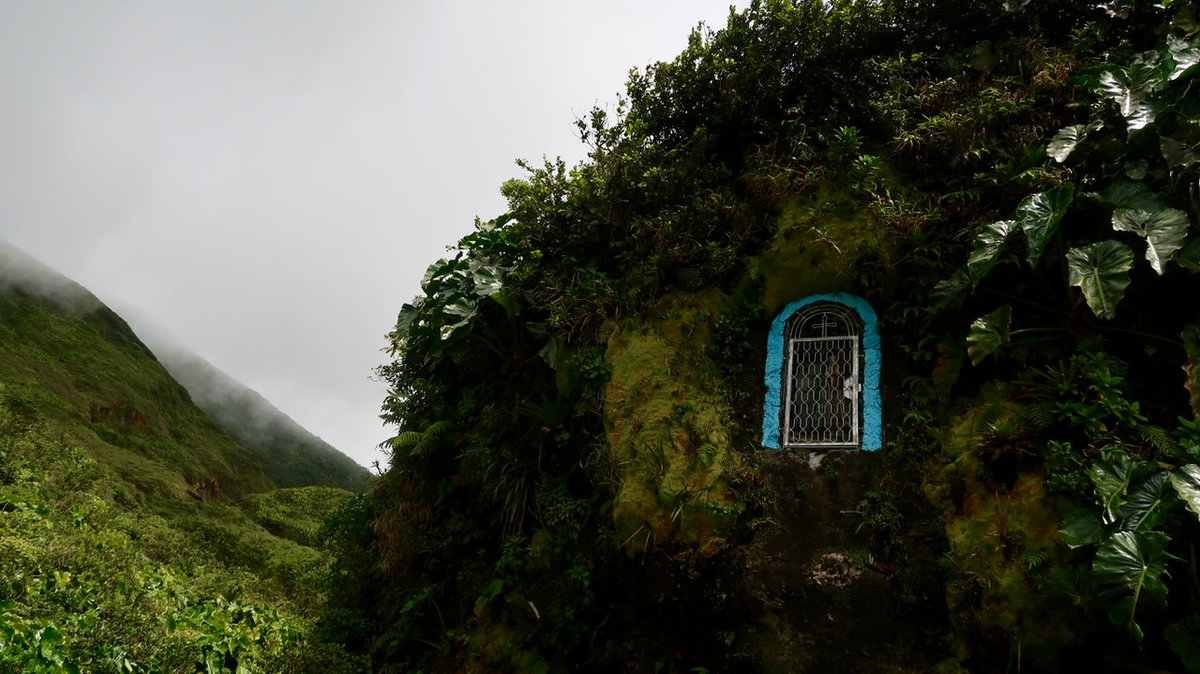
 My 5 favorite Sphagnum facts:
My 5 favorite Sphagnum facts: 

https://twitter.com/queenofpeat/status/1323309559113486342

 The traditional method of monitoring permafrost change is through the trusty frost probe. In this quick video I explain our work on 🔥-permafrost interactions while taking a frost probe measurement. 2/
The traditional method of monitoring permafrost change is through the trusty frost probe. In this quick video I explain our work on 🔥-permafrost interactions while taking a frost probe measurement. 2/

 @ClimateOfGavin @mammuthus @theresphysics Permafrost is represented very crudely in most models to date. We know these frozen soils store a lot of C, but we know that only a fraction of that C is vulnerable to decomposition post-THAW. As temp constraints are released, there are other mechanisms that protect that C. 2/
@ClimateOfGavin @mammuthus @theresphysics Permafrost is represented very crudely in most models to date. We know these frozen soils store a lot of C, but we know that only a fraction of that C is vulnerable to decomposition post-THAW. As temp constraints are released, there are other mechanisms that protect that C. 2/ 
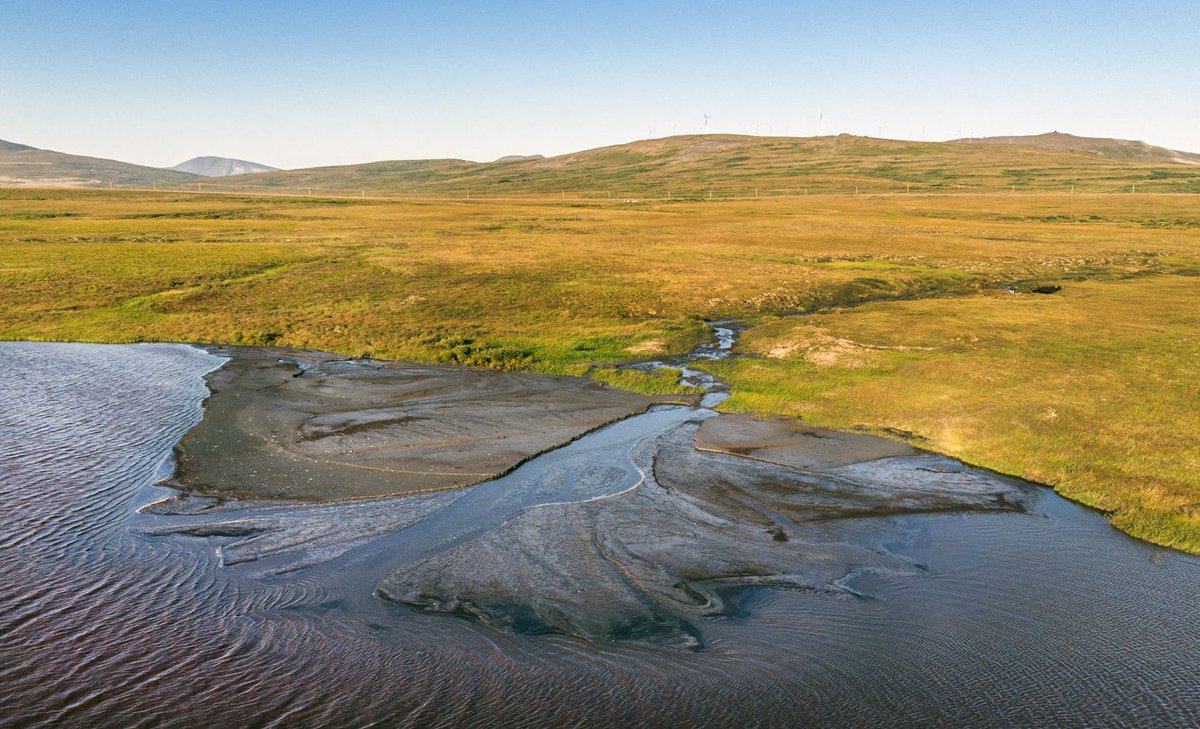
 My first #permaterm is pingo, which means small hill in Inuvialuit. A pingo is a mound in the permafrost region that has a core of massive ice & covered w/ soil & vegetation. Several are protected in the Pingo National Landmark area,Tuktoyaktuk Northwest Terroritories Canada. 2/
My first #permaterm is pingo, which means small hill in Inuvialuit. A pingo is a mound in the permafrost region that has a core of massive ice & covered w/ soil & vegetation. Several are protected in the Pingo National Landmark area,Tuktoyaktuk Northwest Terroritories Canada. 2/ 

 Bryophytes=liverworts, hornworts, mosses are often referred to as cryptogams (meaning hidden reproduction). But I think about cryptic diversity. Most of the plant diversity in northern ecosystems is on the ground, difficult to ID, but provides loads of important functions. 2/
Bryophytes=liverworts, hornworts, mosses are often referred to as cryptogams (meaning hidden reproduction). But I think about cryptic diversity. Most of the plant diversity in northern ecosystems is on the ground, difficult to ID, but provides loads of important functions. 2/ 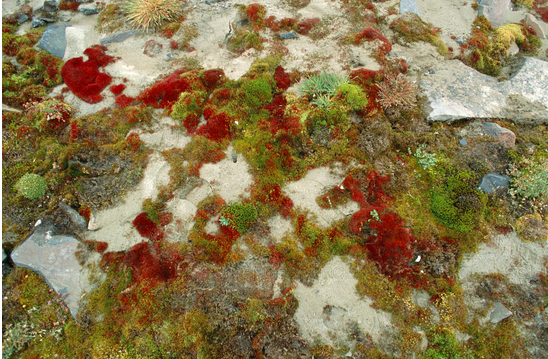
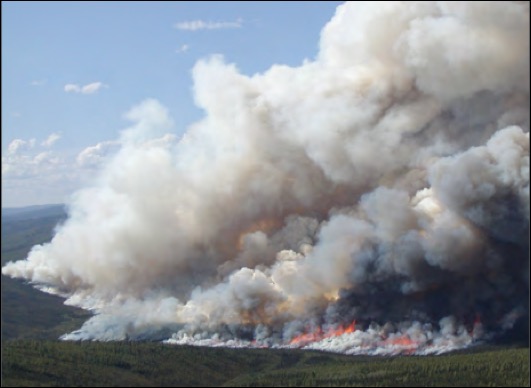
 2/ Will Arctic 🔥 burn into ancient carbon stored in peat & permafrost? We conclude that the 2020 fires in Siberia showed signs of holdover or zombie fires, which can overwinter in deep peat & influence burning the following season. This represents momentum in the climate system.
2/ Will Arctic 🔥 burn into ancient carbon stored in peat & permafrost? We conclude that the 2020 fires in Siberia showed signs of holdover or zombie fires, which can overwinter in deep peat & influence burning the following season. This represents momentum in the climate system. 